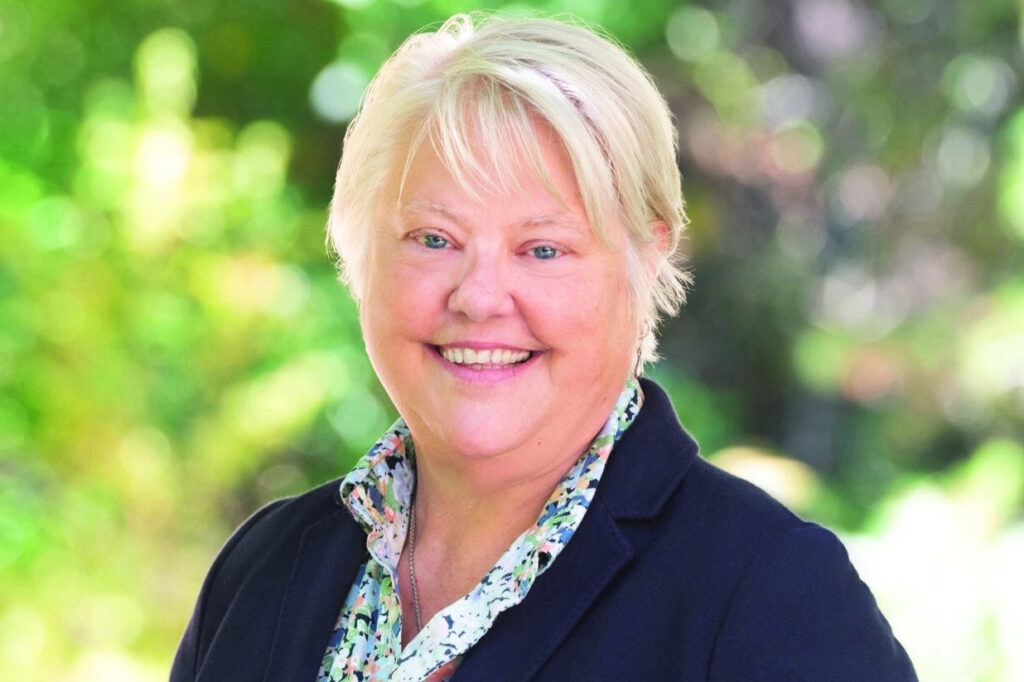By Kellye Testy, AALS Executive Director and CEO

Calls for new law graduates to be more “practice-ready” have resurfaced with urgency, most recently through the Conference of Chief Justices’ (CCJ) creation of the Committee on Legal Education and Admissions Reform (CLEAR) in 2023. CLEAR is charged with evaluating how well law schools prepare students for practice, partly in response to the growing access to justice gap in state courts.
Through surveys and listening sessions, CLEAR has engaged a broad spectrum of stakeholders—educators, students, judges, and lawyers—and will issue a report following its July conference. While there’s significant consensus on the need to close the justice gap and enhance graduate readiness, viewpoints differ on how best to achieve these goals.
There’s wide agreement that access to justice must be improved and that law schools have taken meaningful steps to address this need. Experiential learning has expanded significantly, with law students required to complete rigorous legal writing and practical skills training. Clinics and externships now play a central role in legal education, pairing students with practicing professionals and faculty mentors to encourage reflection and development. Legal writing programs are stronger than ever, and many schools have moved toward more cohesive experiential curricula, overseen by dedicated leaders.
Still, no one expects graduates to be fully-formed lawyers on day one. Like medicine, the legal profession involves a lifelong learning curve. Traditionally, new lawyers further developed their skills through clerkships or on-the-job mentoring. But with busier courts and law firms increasingly focused on profitability, these early-career investments have diminished—even as legal complexity has grown.

The CCJ deserves credit for spotlighting this challenge. Yet as legal educators, we must be cautious about assuming law schools alone can—or should—solve it. Calls for more training in ethics, client interaction, technology, financial literacy, and access to justice come as law schools are also asked to be faster and less expensive. As the saying goes: you can have something good, fast, or cheap—but not all three.
Similarly, urging judges and lawyers to simply “do more” isn’t a viable solution in today’s high-pressure environment. The growing access to justice gap has roots in systemic issues, including years of reduced public funding and increasing social inequality. Curriculum reform alone won’t fix these challenges.
The real solution lies in shared responsibility. Everyone involved in developing lawyers—from prelaw advising to practice—must collaborate. As CLEAR is likely to affirm, we need multiple pathways to meet the diverse legal needs of society.

First, while improvement is always possible, U.S. legal education is strong. The JD degree remains the gold standard and should not be diminished. But not all legal services require a JD. Just as not all health care requires an MD, trained and licensed non-JD legal professionals can help meet unmet legal needs while protecting the public.
Second, we must embrace institutional pluralism. Law schools differ in mission, focus, and regional needs. Some emphasize litigation readiness, others prepare students for varied legal and non-legal careers. Uniformity should not be the goal—diversity fosters innovation and ensures a broader range of services to the public.
One-size-fits-all rules would limit student exploration and fail to reflect the shifting nature of legal careers. We often do not know on the front end which practice we want graduates to be ready for. Research from NALP and the NALP Foundation shows that law students from the Class of 2021 shifted areas of career interest multiple times during law school and upwards of 70 percent of graduates changed jobs two times or more in the first three years of practice. Law school should allow space to find one’s path, not force early specialization.
Third, we must be cautious not to overload the curriculum. Today’s law schools are more accountable to learning outcomes and aligned with a new, more skills-focused national bar exam. Adding state-by-state or niche requirements before licensing will only raise the cost of becoming a lawyer—deepening the access to justice crisis we’re trying to solve.
Finally, we must give graduates time. Law school builds foundational skills, not mastery. True practice readiness takes time, reflection, and experience. Expecting graduates to be fully equipped on day one is unrealistic. Growth is the hallmark of professionalism.
The AALS welcomes collaboration with the judiciary, the legal profession, and legal educators to strengthen legal education and serve the evolving needs of society.


